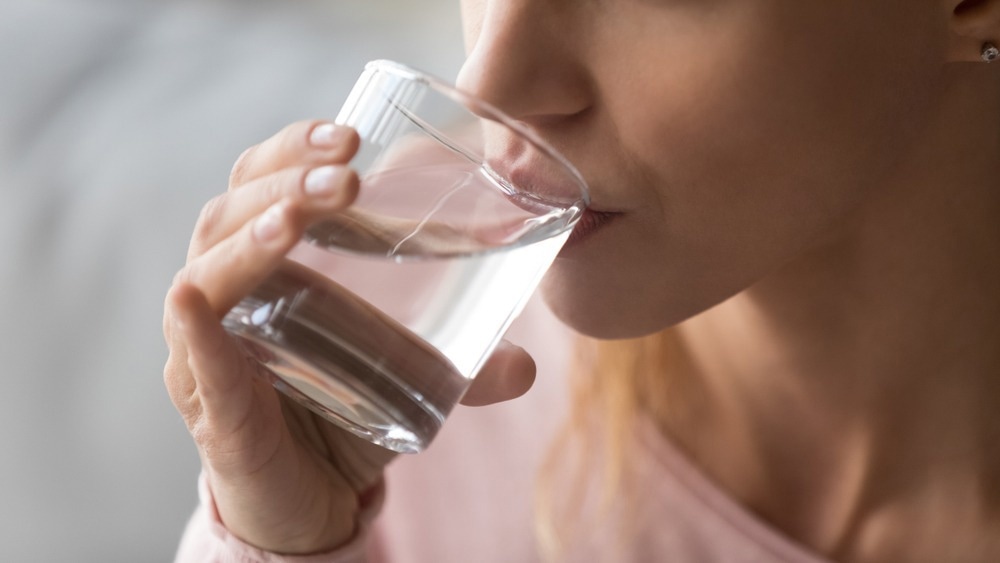The provision of safe drinking water marked a significant milestone in 20th-century public health; however, challenges endure.
 Jade Mitchell is associate professor and associate department chair in the MSU’s Department of Biosystems and Agricultural Engineering in the College of Agriculture and Natural Resources, as well as the College of Engineering. Image Credit: Michigan State University
Jade Mitchell is associate professor and associate department chair in the MSU’s Department of Biosystems and Agricultural Engineering in the College of Agriculture and Natural Resources, as well as the College of Engineering. Image Credit: Michigan State University
According to data from the Centers for Disease Control and Prevention, approximately 7.15 million cases of waterborne illnesses afflict the United States each year, leading to 601,000 emergency room visits, 6,630 fatalities, and direct healthcare expenses totaling $3.33 billion. Michigan State University, renowned globally for its expertise in water research, is dedicated to enhancing the safety of our drinking water.
Michigan State University (MSU) has secured a $2.1 million grant from the US Environmental Protection Agency (EPA) to enhance the comprehension of pathogen levels, including Legionella, and disinfection byproduct concentrations within drinking water distribution networks and to evaluate linked health hazards. In addition, MSU will formulate a structured methodology for monitoring water systems.
It may be hard to believe, but there are no common systematic ways to assess the safe levels of opportunistic pathogens like Legionella in our drinking water — not in the U.S. or anywhere else in the world. These pathogens can grow in drinking water systems as a result of aging infrastructure and private or unregulated water systems. We are working to create a much-needed assessment system.
Jade Mitchell, Principal Investigator and Associate Professor, Department of Biosystems and Agricultural Engineering, College of Agriculture and Natural Resources and College of Engineering, Michigan State University
Mitchell noted that despite the utilization of disinfectants in water systems for pathogen control, they could inadvertently generate further issues by interacting with natural organic matter, bromide, and other pollutants, resulting in the formation of disinfectant byproducts (DBPs) that may also pose potential risks to human health. While certain DBPs are subject to regulation by the U.S. EPA, there remains a possibility for the emergence and persistence of other hazardous compounds.

Image Credit: fizkes/Shutterstock.com
We think we are making water safe with disinfectants, but we really don’t know. The human health risks trade-offs between opportunitstic pathogens and unregulated DBPs need to be assessed and dealt with.
Jade Mitchell, Principal Investigator and Associate Professor, Department of Biosystems and Agricultural Engineering, College of Agriculture and Natural Resources and College of Engineering, Michigan State University
The EPA stated that this research will enhance the comprehension of contaminant control and contribute valuable insights to water infrastructure management and risk-mitigation procedures, ultimately aiming to ensure cleaner drinking water for all Americans.
Under the leadership of Mitchell, the project team at MSU has formed collaborations with several institutions, including Ohio State University, Clemson University, Tulane University, the College of New Jersey, Drexel University, Garver Inc., and the New York State Department of Health. Additionally, similar grants have been awarded to other institutions, such as the University of Minnesota, the University of Texas at Austin, and the Georgia Tech Research Corporation.